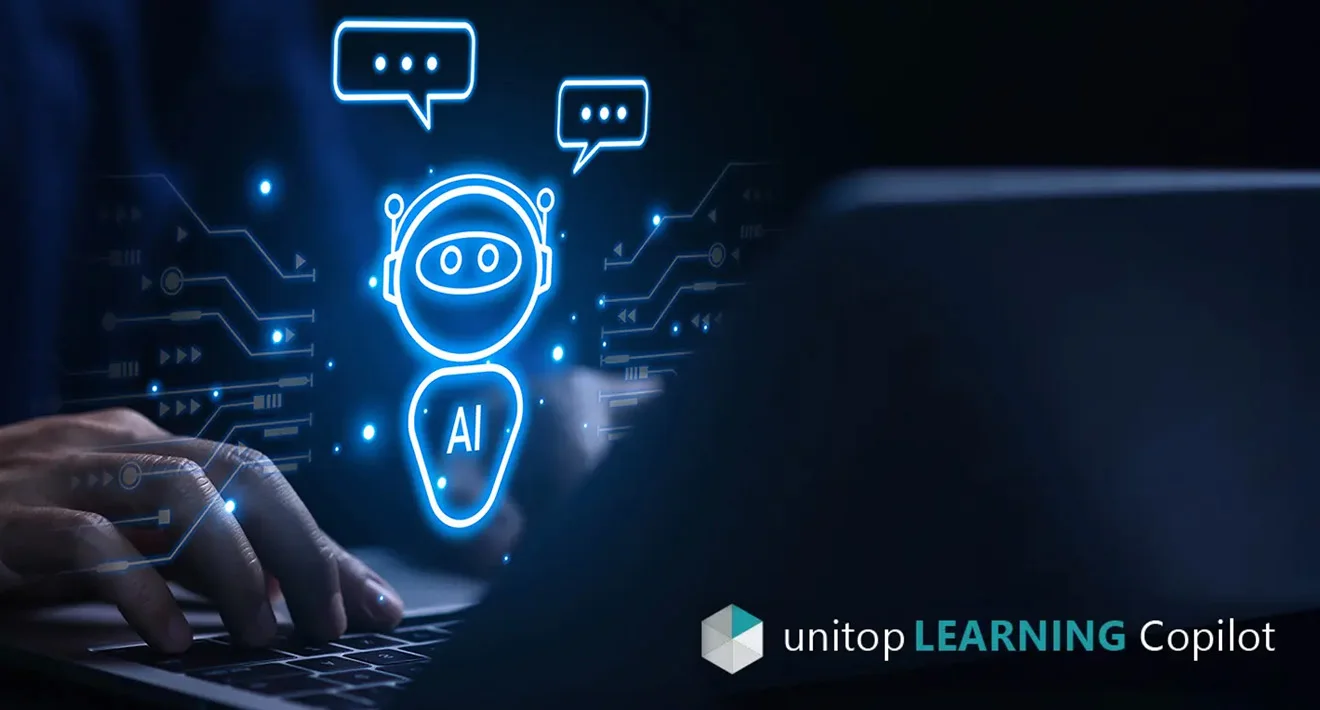
Wondering how you can use artificial intelligence to best position your company or organisation and make it fit for the digital future? As an established service provider with years of expertise, we’ll take a deep dive into your processes and work closely with you to develop customised AI solutions that you can integrate into your day-to-day workflows. There are countless ways to deploy AI and we will make sure we select the right ones to align with your specific needs.
Making AI technology usable
An overview of our AI solutions
What it means
What is artificial intelligence?
Artificial intelligence – or AI – is not inherently talented or original. It’s a system trained to perform specific tasks as best as possible. AI tools combine various technologies that help them understand queries as intelligently as possible and respond to them the way that you want them to.
AI tools look at existing data and relevant calculations to identify patterns, which can then be used to predict the expected outcomes.
Generative AI goes one step further by combining existing data to create something new, whether in the form of text, images or snippets of code.

How it works
How does AI work?
Artificial intelligence only works if its systems have been properly trained for the tasks they are meant to carry out. The data that are used to train AI systems play a key role here: for AI to perform intelligent actions, its systems need to be trained using extensive, high-quality, suitable data, so that it responds as accurately as possible and in line with expectations.
This is called machine learning, a process that uses artificial neural networks that mimic the way the human brain works. Using complex algorithms, AI systems draw on existing input data to derive patterns that they can use to make predictions about future events.
AI tools can be deployed in a wide variety of areas, but they all have one thing in common: they help to boost efficiency and open up a whole new realm of opportunities for you.
Always one step ahead
AI use cases
unitop Learning Copilot
Using AI in practice
We have already deployed AI in a variety of scenarios ourselves. One of the ways that we use it to help our customers is with our unitop Learning Copilot: an AI chatbot that we recently added to our learning platform to make it easier for you to search through our extensive unitop documentation. The unitop Learning Copilot trawls through our documentation to provide you with relevant, accurate answers in a matter of seconds.
To ensure it delivers the best possible results, we also provide you with prompting guidelines, containing useful tips on how to use the unitop Learning Copilot. You can also build on the prompts that they contain to customise and configure the way you interact with the AI chatbot to meet your specific needs.

Thinking of deploying artificial intelligence and wondering how you can leverage AI tools to optimise your business processes?
If so, we will be pleased to advise you.



